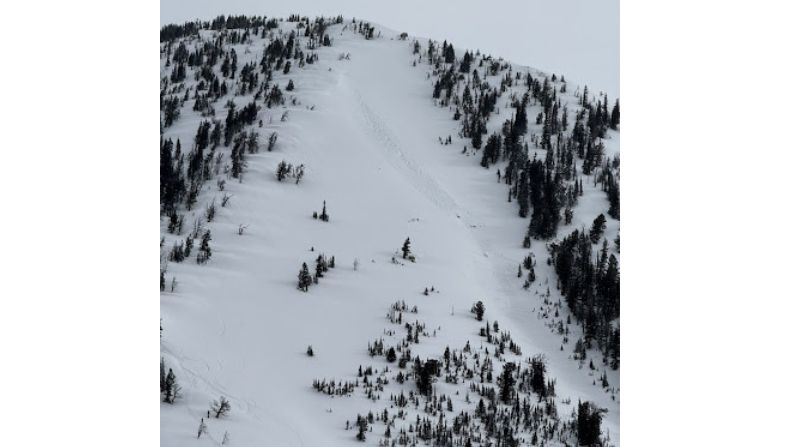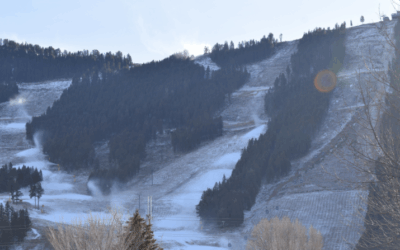Make our newscast part of your daily listening routine. Subscribe on Spotify (or wherever you listen to podcasts).
A small avalanche on Mount Glory this weekend on a region known as Twin Slides resulted in no injuries and didn’t close the road, but was still a warning shot to those in the know.
Gary Kofinas leads the Teton Backcountry Alliance, an organization created in 2019 to promote backcountry safety. When he saw Sunday’s slide, his mind went to past skier-triggered avalanches that have closed Highway 22.
“If skiers and backcountry travelers were to prove to be irresponsible,” he said, “then I don’t think they’d have any trouble in shutting us down.”
‘They’ being the Wyoming Department of Transportation, which controls the roadway where skiers park at the top of Teton Pass, one of the region’s most popular and accessible regions for backcountry areas.
That sentiment was confirmed by Brenden Cronin, lead avalanche forecaster at WYDOT. He and his three-person team work solely in northwest Wyoming, the majority done on Teton Pass. He’s deeply familiar with the 1,620-foot climb up Mt. Glory, making it about five times a week during the winter to assess avalanche risk.
He said that while the state transportation agency can’t limit public land access, it could take away easy access parking lots.
“I can’t tell you you can’t access your federal lands,” he said, “but the agency can control what occurs on the pavement.”
While Kofinas had heard from a few sources that a snowboarder triggered the slide, Cronin submitted the report that it was naturally occurring. The avalanche report on March 23 listed the danger as “moderate” for the Mt. Glory elevation.
Cronin’s role is to address natural avalanche hazard before it reaches a “critical point” of impacting the highway.
“We do not perform mitigation for backcountry skiing,” he said. “[Teton Pass] is not managed and maintained like a ski resort.”






